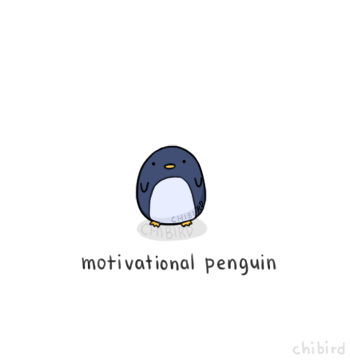Assignment 9 Looking Outwards + Sketches
Looking Outwards
Discovery 1: Triple Geek Showcase
The Triple Geek Showcase is a montage of projects by Stefan Goodchild, a “freelance creative coder, motion graphics & interaction designer”. Most of his projects are concert visuals (largely light-based) for clients, made for a musical artist and a venue. Those visuals, especially in montage form, are really dynamic and aesthetically pleasing. Seeing his work made me want to experiment with large scale projections or music visualization.
Discovery 2: Equil Jot Pen
My second discovery is more of a product and less of an art piece, but stay with me. The Equil consists of a receiver and a pen which sends out a signal as a person writes. It allows a person to create on an analog medium—paper—and immediately have it appear and become manipulable onscreen. That blurring of borders between analog and digital input was the part that interests me. It reminds me thematically of a project I’ve referenced before by Bret Victor—a gestural animation app. I like that these projects change how input works to make it simpler to create more expressive digital images or animations.
Discovery 3: Rubix Cube Building
I can’t find the link for this one again as I write this, but I think that the project video I watched was filmed at the building pictured above, the Stuttgart library. The library is modeled after a rubick’s cube and has lights all over the outside. This person’s project was to create a custom, normal-sized rubick’s cube which people could solve, and as they moved the small scale cube, the LEDs on the building would mirror the changes. I liked the whimsy of this project, and how it took an existing light installation and made it interactive.
Discovery 4(ish): Expandos Digital Packaging
This project doesn’t involve circuits or code (at least as a visible output), but I wanted to include it anyways. The items pictured above are ExpanDOs, which are basically cardboard packing chips. The fun thing about them is that they are also Lego-like—once pulled apart, you can use them to build all kinds of structures (see below.) What I like about this product/project is how it takes what would otherwise be trash and makes something of it. Looking at these reminded of me of an idea I’ve had for a while, which is to take scrap cardboard and laser cut it to make larger building block toys (similar to ones I had as a kid.)
Final Project Ideas
Idea 1: Meditation Butterflies
One of my friends at CMU has been working with the university to create a Mindfulness Room, “a room where there is no technology or homework allowed, somewhere to go to relax, be inspired, and breathe.” My idea is to use computer vision (through a webcam, kinect, whatever) to create butterflies in the room which respond to people who enter the environment. Basically, the butterflies flutter around when you walk into the room, but as you sit and meditate longer, the butterflies come and “land” on you/your shadow. To me, the most important part of this concept is just creating a simulated natural environment (fitting the mood of the room) that rewards people for sitting/being still.
Idea 2: Sunrise Blinds
This concept is to link up a motor to the internet and use information about the time of sunrise and sunset in a given place to control the lifting and lowering of a set of blinds. People have done very similar projects before, though they are largely just automatically-controllable blinds. The role that I want my blinds to play is to make people more aware of and in tune with the rising and setting of the sun (as a counter to constant artificial lighting.)
The other motivation I have here is selfish—there are bright outdoor lights outside my window, so I close my blinds to block out as much light as possible at night. However, in the morning, waking up is easier if light gradually brightens (like the sunrise). But since I’m asleep, I can’t open the blinds to let the light in—this project that solves that problem for me.
Idea 3: Whimsical Cheery Creature

The last project is the most whimsical. It would basically be using code to control a cheery-mechanical figurine, either modeled after the above motivational penguin, or as a little creature which wags its tail in different ways in response to someone’s interactions with it. One of the benefits of this project is that it seems relatively simple, and that it would let me gain technical experience with creating basic robotics (I have none.)